How to Choose The Right Payment Gateway for Your WooCommerce Business
If you’re running an e-commerce store, you know that one of the most critical decisions you’ll make is how to get paid for all those fabulous products you’re offering.
Building an eCommerce store takes countless hours, dedication, and a stellar effort. You need to select products, put your heart and soul into the website’s design, and ensure it loads fast, it is user-friendly, and visually stunning. But there’s one vital element you can’t afford to overlook: The payment gateway.
Think of the payment gateway as the friendly cashier that sits behind your virtual counter, ready to process payments smoothly and securely. Just like in a brick-and-mortar store, customers expect a seamless checkout experience online. That’s where payment gateways come in.
In this guide, we’re going to dive deep into the world of payment methods available for WooCommerce. From the traditional and trustworthy Cash on Delivery (COD) option to the convenience of credit cards, the simplicity of PayPal, and everything in between – we’ve got you covered!
Factors to Consider When Choosing a Payment Gateway
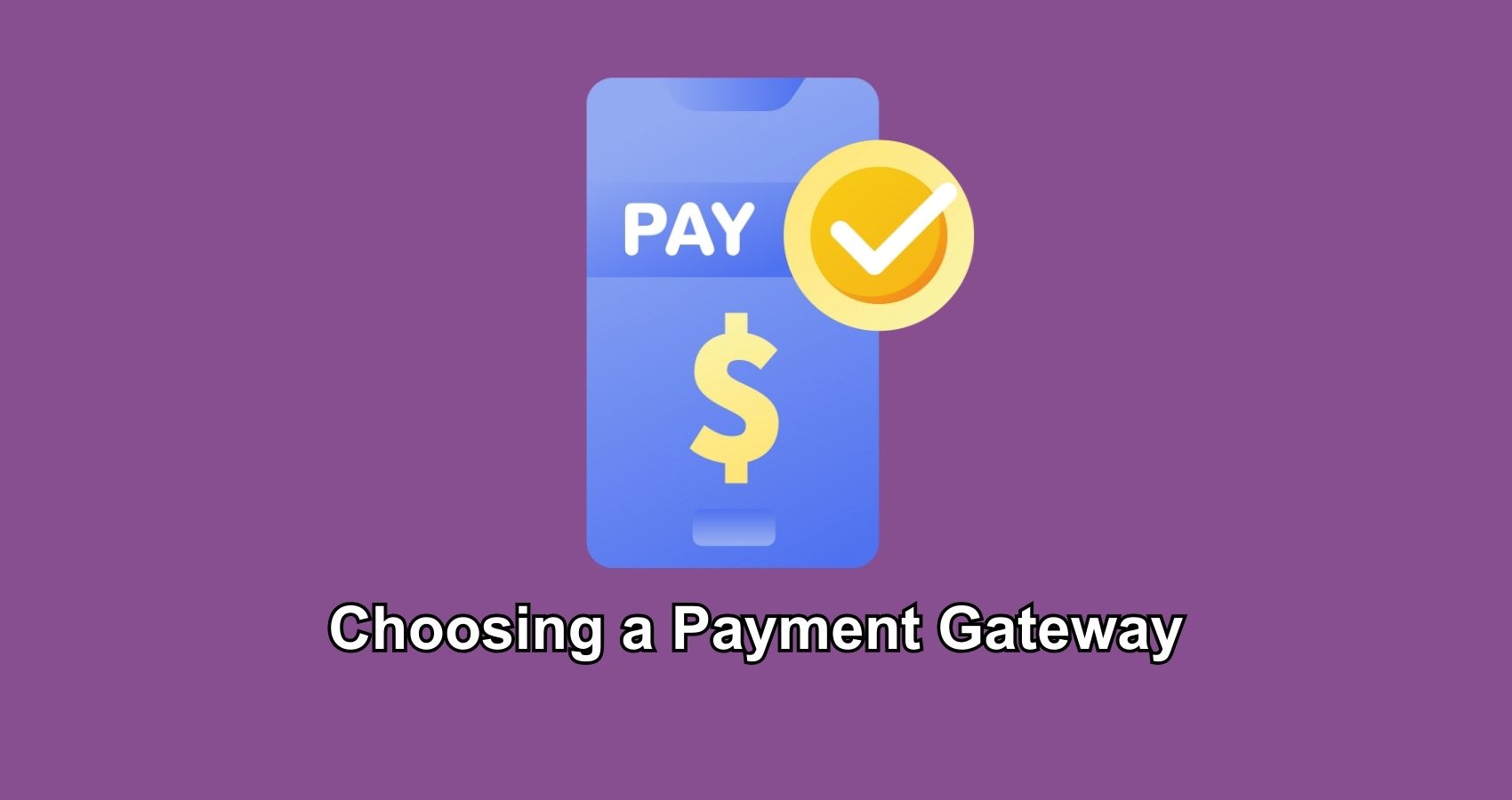
When selecting the right payment gateway for your WooCommerce store, there are several critical factors to weigh. Each payment method has its pros and cons, and the key to selecting the right one is understanding your business needs and customer preferences.
1. Transaction Fees and Commissions
Evaluate the costs associated with each payment gateway. Consider both flat fees and percentage-based transaction fees. Keep in mind that higher fees might be justified if the payment method offers additional benefits like increased security or global reach.
2. Security Features and Fraud Prevention Measures
Prioritize the security of your customers’ payment data. Look for payment gateways that offer encryption, fraud detection, and compliance with industry standards like PCI DSS. Robust security measures build trust and protect sensitive information.
3. Compatibility with WooCommerce and Ease of Integration
Choose a payment gateway that seamlessly integrates with WooCommerce. Look for plugins or extensions that provide easy setup and a smooth checkout experience. Complicated integrations can lead to technical challenges and frustrated customers.
Popular Payment Methods Comparisons: Pros & Cons of Each
In a world that is increasingly digitized, the ways we exchange currency have evolved dramatically.
From traditional cash transactions to instantaneous digital payments, we have a plethora of options at our fingertips.
In this section, we delve deep into the popular payment methods of today, meticulously weighing the pros and cons of each to help you navigate the intricate landscape of financial exchanges with ease and confidence.
Cash on Delivery (CoD)
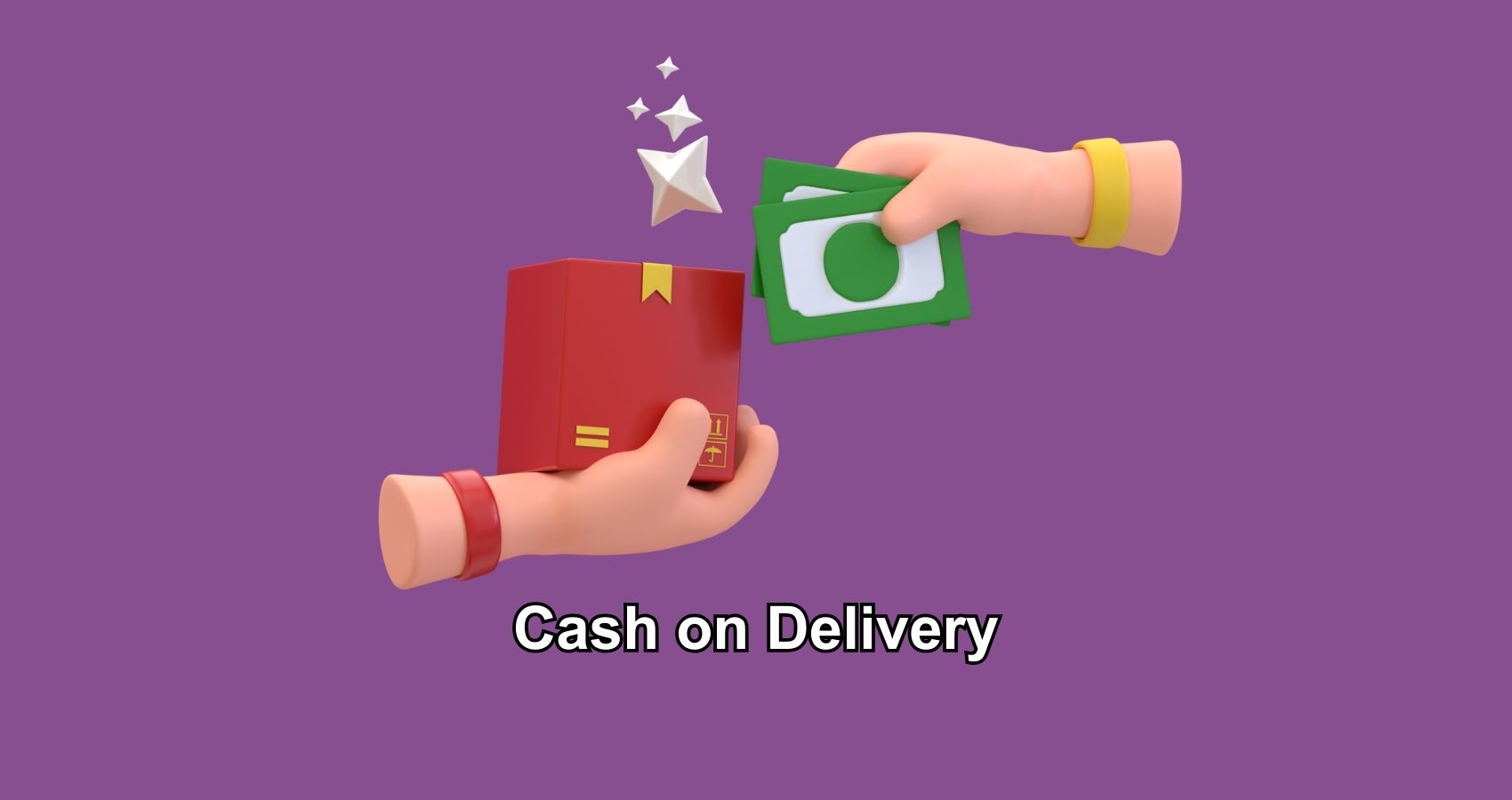
With Cash on Delivery or CoD as it is often referred to, involves the customer placing an order on your WooCommerce store, without making the payment. You deliver the order to the customer’s doorstep and the customer pays the delivery man in cash. This method is popular among businesses such as restaurants and cafes.
This method is especially popular in regions where online payment systems might not be widely adopted or where customers prefer the convenience of paying in cash upon receiving their orders.
Advantages of COD
- Customer Convenience: COD is attractive to customers who might not have access to credit cards or online banking facilities.
- Trust Building: Some customers feel more comfortable paying after physically receiving the product.
- Reduced Abandonment: Offering COD can help reduce cart abandonment rates, as customers have an alternative payment option.
Disadvantages of COD
- Payment Risk: There’s a risk of customers placing orders without the intention of buying, leading to order cancellations.
- Operational Complexity: Managing cash payments and coordinating deliveries can be logistically challenging.
- Delayed Payments: You receive payment only upon successful delivery, which might affect cash flow.
COD is often suitable for:
- Low to moderately priced products where customers are comfortable paying in cash.
- Regions where online payment systems are less prevalent or where customers prefer cash transactions for example rural areas.
However, COD might not be suitable for:
- High-value items: as there’s a higher risk associated with large cash transactions.
- Perishable goods or items with a short shelf life, as delayed payments could impact your inventory management.
- COD is also not suitable for cross-border transactions especially because of longer delivery times, currency conversion and logistical challenges of cash collection.
Potential Issues and Challenges with COD
- Returns and Refunds: Handling returns and issuing refunds for COD orders can be more complicated than with other payment methods.
- Security: There’s a risk of theft or loss of cash during the delivery process. Implementing secure procedures is crucial.
- Order Verification: Verifying the authenticity of COD orders to prevent fraud is essential.
As you consider offering COD as a payment option in your WooCommerce store, weigh the pros and cons carefully and assess how well it aligns with your target audience’s preferences and your business model. Balancing customer convenience with operational efficiency and risk management will be key to successfully implementing COD as a payment method.
Wire Transfers
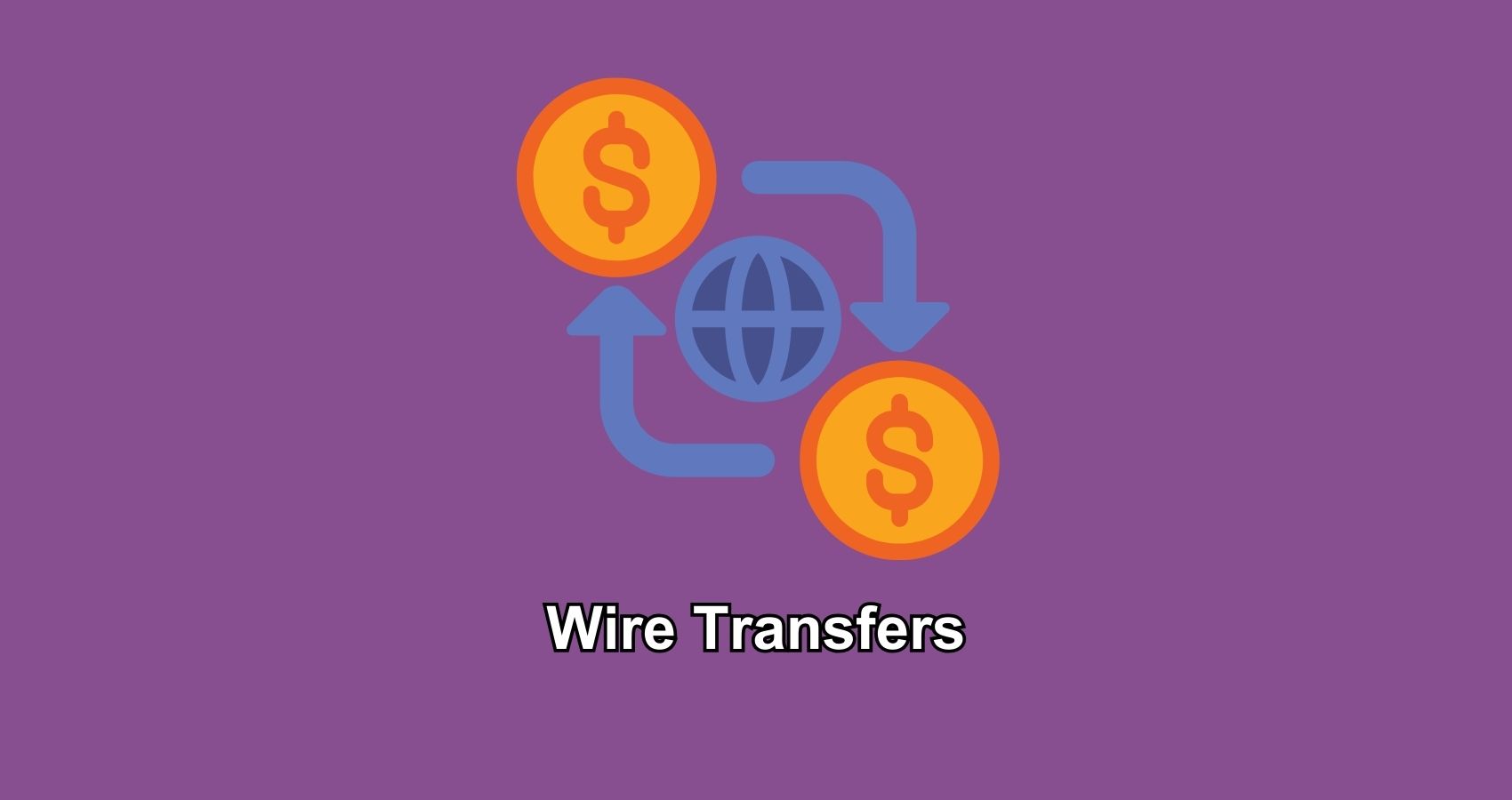
Wire transfer involves electronic funds transfer that allows customers to send money directly from their bank account to your business’s bank account.
When a customer checks out and chooses wire transfer as a payment method on your WooCommerce store, they will be shown your bank account details. The customer will do an electronic funds transfer from their bank account to yours. Once you have received the funds, you will need to verify them from your bank account and then process and ship the order.
Advantages of Wire Transfers
- Security: Wire transfers are generally secure, as they involve direct bank-to-bank transfers.
- Low Chargeback Risk: Unlike credit card payments, wire transfers are less susceptible to chargebacks.
- International Transactions: Wire transfers can be used for international transactions, making them suitable for global customers.
Disadvantages of Wire Transfers
- Processing Time: Wire transfers can take time to clear, which may delay order processing and shipping.
- Customer Inconvenience: Customers need to manually initiate the transfer, which might be seen as less convenient.
- Fees: There might be fees associated with both sending and receiving wire transfers, affecting overall transaction costs.
Suitable for:
- Businesses with an international customer base.
- High-value product transactions prioritizing security.
- Customers comfortable with bank-based transactions.
Might Not Be Suitable for:
- Businesses with smaller transactions or immediate order processing needs.
- Customer bases lacking easy access to banking services.
For WooCommerce stores catering to an international audience, wire transfers can be beneficial. However, it’s crucial to consider:
- Currency Conversion: International wire transfers often involve currency conversion, which can lead to additional costs for customers.
- Bank Fees: Both the sending and receiving banks may charge fees for international wire transfers.
- Processing Time: International transfers can take longer to clear due to varying banking systems and time zones.
To minimize fraud risks associated with wire transfers:
- Provide Accurate Information: Ensure your customers have the correct bank details to avoid funds going to the wrong account.
- Verification: Implement verification steps to confirm the authenticity of wire transfer orders.
- Communication: Clearly communicate the wire transfer process, expected processing times, and any associated fees to customers.
When considering wire transfers as a payment method for your WooCommerce store, weigh the advantages of security and global reach against potential delays and customer convenience. If your business primarily deals with international transactions or high-value products, wire transfers can offer a secure and efficient payment option.
Credit Cards
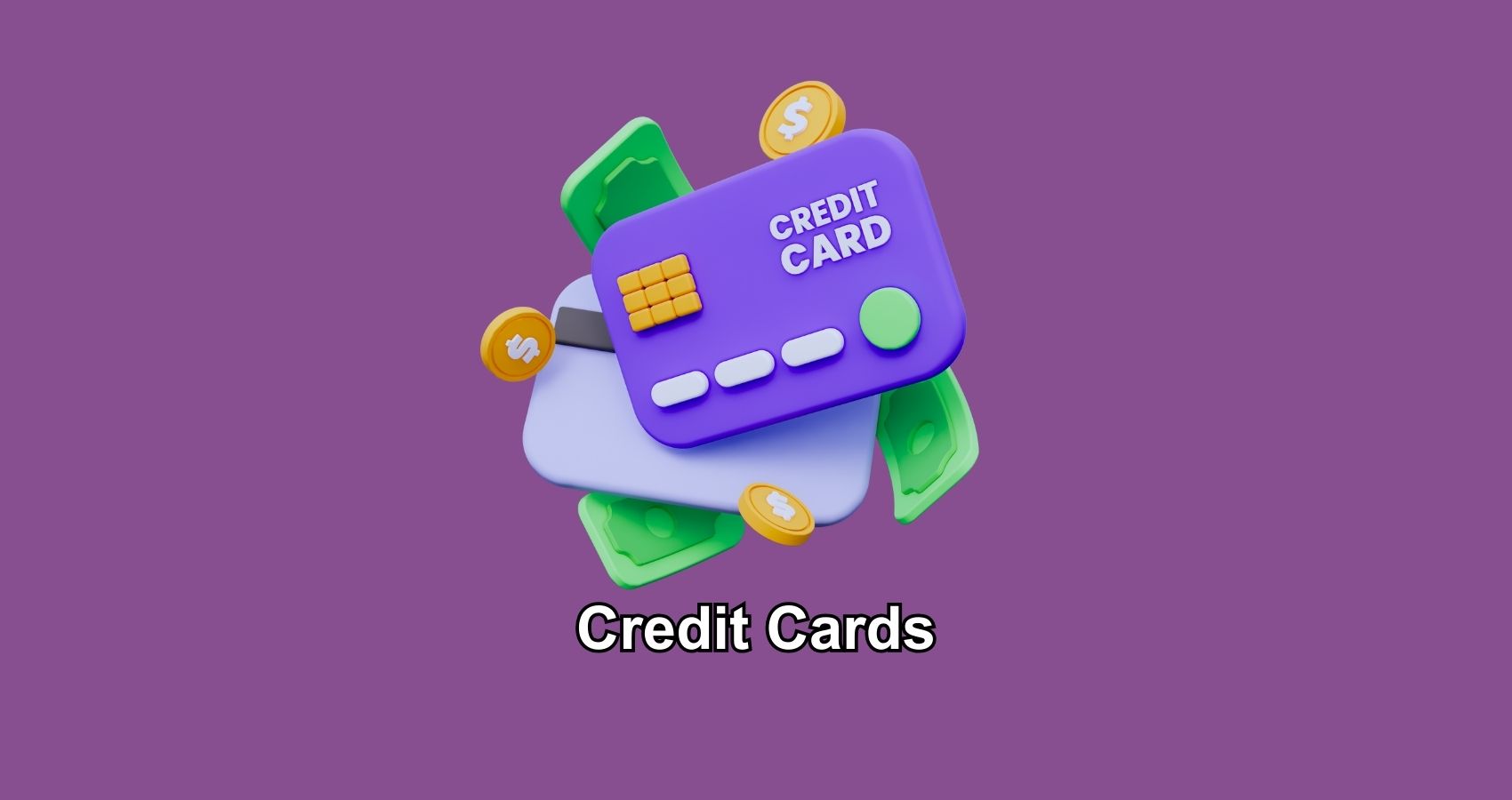
In most countries, credit cards are the backbone of eCommerce. They are widely accepted and preferred by customers due to their ease of use and speed. They offer unmatchable convenience for both customers and businesses. Integrating credit card processing into your WooCommerce store requires careful consideration of various factors.
Advantages of Credit Cards
- Instant Transactions: Payments are processed in real-time, allowing for immediate order fulfillment.
- Global Reach: Credit cards enable international transactions, expanding your customer base.
- Reduced Abandonment: The convenience of credit card payments can lead to lower cart abandonment rates.
Disadvantages of Credit Cards
- Chargebacks: Customers have the ability to dispute transactions and request chargebacks if they are not satisfied with a purchase.
- Security Concerns: Storing and transmitting sensitive credit card information can expose your business to security breaches and data theft.
- Fraud Risk: Credit card payments are vulnerable to fraud, including unauthorized transactions, stolen card details, and counterfeit cards. Implementing fraud prevention measures is essential but can add complexity to the payment process.
- Longer Settlement Times: The time it takes for credit card payments to be settled and the funds to be deposited into your account can vary. This delay might impact your cash flow, especially for smaller businesses.
Suitable for:
- Businesses seeking instant order fulfillment.
- Online stores targeting tech-savvy customers.
- Global customer bases requiring international acceptance.
Might Not Be Suitable for:
- Smaller businesses with limited profit margins.
- Customer bases preferring alternative payment methods.
- Businesses with digital goods or services prone to chargebacks.
To accept credit card payments in your WooCommerce store, you’ll need to:
- Choose a Payment Processor: Select a reputable payment gateway or processor that integrates seamlessly with WooCommerce. Stripe and 2checkout are some of the most popular payment processors for WooCommerce.
- Configure Payment Gateway: Set up the chosen payment gateway within WooCommerce, linking it to your merchant account.
- SSL Certificate: Ensure your website has an SSL certificate to encrypt customer data during the payment process.
Payment processors facilitate credit card transactions by securely transmitting customer data and funds between the customer’s bank and your merchant account. Keep in mind:
- Transaction Fees: Payment processors charge fees for each transaction, which can vary based on the processor and the type of card used.
- Flat vs. Percentage Fees: Some processors charge a flat fee per transaction, while others charge a percentage of the transaction amount.
- Monthly Fees: Some processors may have monthly subscription fees in addition to transaction fees.
Security is paramount when dealing with credit card payments. Implement the following measures to ensure customer data protection:
- PCI DSS Compliance: Adhere to the Payment Card Industry Data Security Standard (PCI DSS) to secure cardholder data.
- Tokenization: Store sensitive credit card data in encrypted tokens rather than plain text.
- Secure Checkout: Offer a secure and streamlined checkout process, including two-factor authentication (2FA) if possible.
Credit card payments provide convenience and accessibility to customers, but it’s crucial to prioritize security to build trust and protect customer information.
PayPal
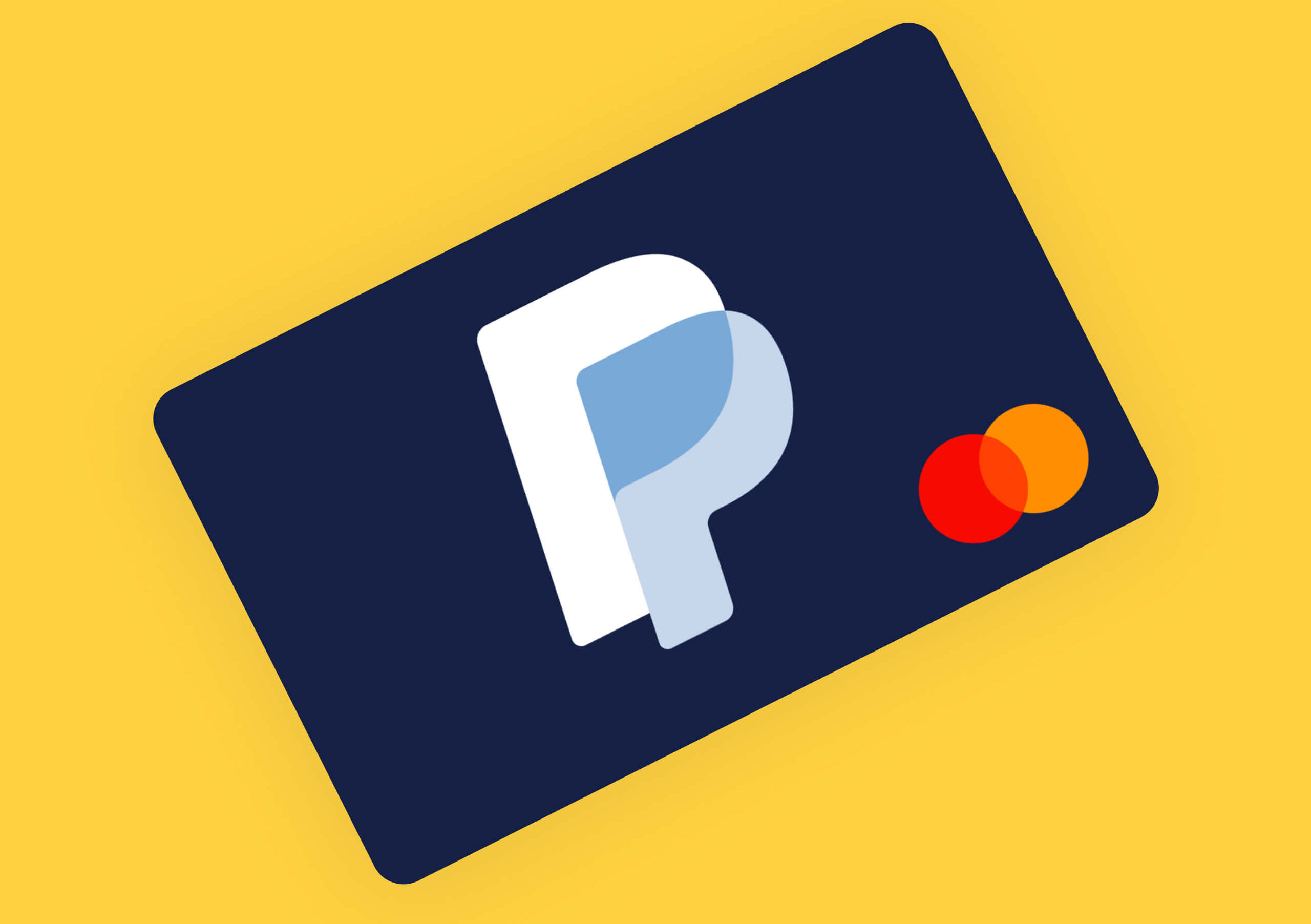
PayPal is another popular and trusted payment gateway for online transactions. Its user-friendly interface and wide acceptance make it a viable option for WooCommerce stores.
When a customer creates a PayPal account, it allows them to link their bank accounts and credit cards to their account. When a customer chooses PayPal as their payment gateway on your WooCommerce store, depending on your setup, they may complete the transaction without leaving your store or may be redirected to PayPal to complete their transaction.
Setting Up and Integrating PayPal with WooCommerce
To integrate PayPal with your WooCommerce store:
- Create a PayPal Account: Set up a PayPal business account if you don’t have one.
- WooCommerce Integration: Install a PayPal plugin for WooCommerce to enable seamless payment processing.
- Configuration: Configure the plugin settings, including payment options, currency preferences, and checkout flow.
PayPal charges transaction fees for processing payments. These fees can vary based on factors such as transaction amount, currency conversion, and payment source (bank account vs. credit card). Ensure you understand and account for these fees in your pricing strategy.
Advantages of PayPal
- Trustworthiness: PayPal’s reputation for security and buyer protection can enhance customer trust.Here is a case study on How PayPal Tackles Fraud using Data.
- Global Reach: PayPal is accepted in numerous countries, making it suitable for international customers.
- Express Checkout: The ability to pay with a single click can streamline the checkout process.
Disadvantages of PayPal
- Fees: PayPal charges transaction fees, which can impact your profitability.
- Account Holds: PayPal might place holds on funds for various reasons, affecting your cash flow.
- Limited Control: PayPal’s terms and policies can limit your control over certain aspects of transactions.
Suitable for:
- E-commerce stores catering to diverse customers.
- Businesses targeting international shoppers.
- Customers valuing security and buyer protection.
Might Not Be Suitable for:
- Businesses with high-volume or low-margin products.
- Customers preferring traditional credit card payments.
- Businesses needing immediate access to funds or in high-risk industries.
Businesses often choose PayPal as a payment gateway due to it’s convenience and familiarity.
Offering, Customizing & Restricting Payment Gateways
Sometimes you may want to offer multiple payment gateways to customers. This enhances their shopping experience and increases your store’s flexibility. It can also have a positive impact on your conversion rate, as customers can choose whichever payment method they prefer.
By providing various options, you cater to different customer preferences and geographic locations, making it more likely for customers to complete their purchases.
You can also utilize WooCommerce plugins, to customize the display of payment gateways based on customer behavior, products in the cart, shipping methods, and customer location. Here are a few examples of such plugins.
1. Conditional Payment Gateways for WooCommerce
This plugin allows you to control the visibility of payment gateways based on various conditions, for example, minimum or maximum cart amount, current date and time, current customer IP, or user ID.
2. Payment Gateways by Shipping for WooCommerce
With this plugin, you can restrict payment gateways based on the chosen shipping method. This is useful when certain gateways are more suitable for specific shipping options.
3.Payment Methods by Product & Country for WooCommerce
This plugin enables you to assign specific payment gateways to individual products. It’s useful when different products require different payment methods due to their nature.
4. Payment Gateways by Customer Location for WooCommerce

You can show or hide payment gateways based on the customer’s geographic location using this plugin. This is valuable for catering to location-specific payment preferences.
Conclusion
The choice of a payment gateway is on of the most crucial decisions for your WooCommerce store. It directly impacts customer experience and business profitability.
By considering factors like fees, security, compatibility, and customer preferences, you can make a better decision that improves the shopping experience for your customers and ensures seamless transactions. Whether you opt for cash on delivery, credit cards, wire transfers, or PayPal, understanding your audience’s needs will drive the success of your WooCommerce store.




